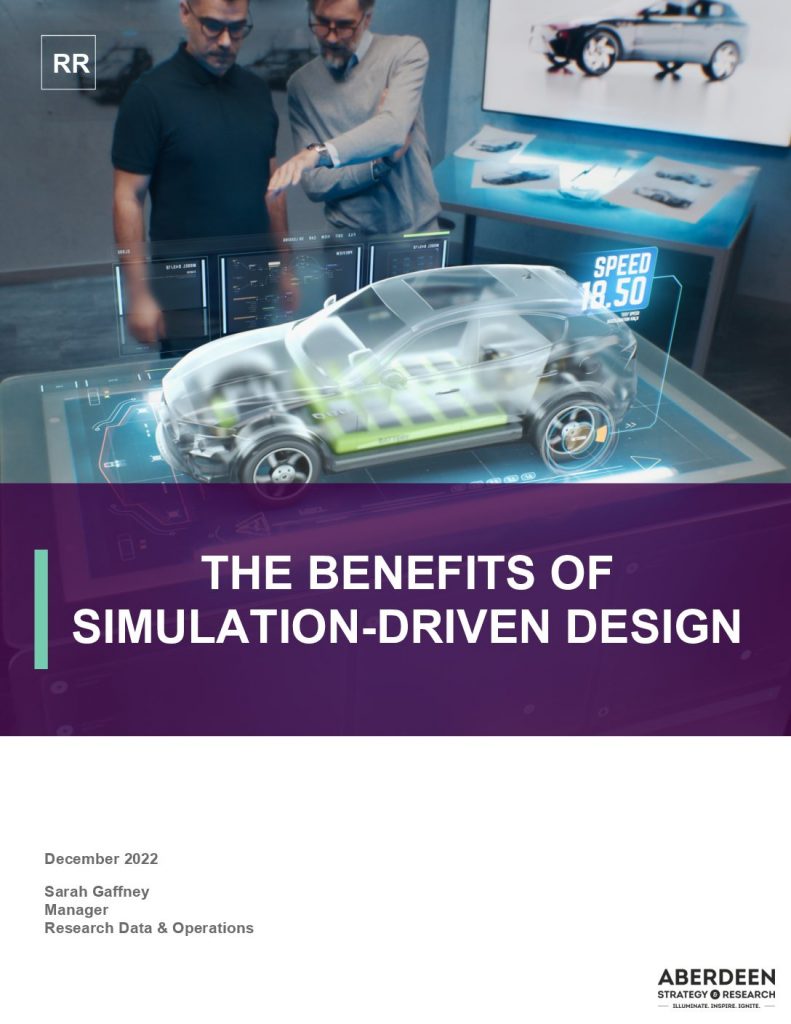Machine and equipment manufacturers are turning to digital twin simulation to better understand product and process complexity.
The insights gained from digital twin simulations help forward-thinking companies innovate faster and win more customers.
Digital twin simulations have already changed the landscape in other industries like automotive and aerospace, so industrial machinery companies have a blueprint for easy adoption.
Get this free white paper and discover new strategies to foster innovation in the industrial machinery industry with digital twin simulation software.
Strategies to foster innovation with digital twin simulation
A machinery industry looking toward the future is driven by innovation to launch new capabilities to delight customers with improved performance and a better user experience.
Testing and simulation using a digital twin can help to achieve these lofty goals.
Four key attributes are essential to embracing digital twin simulation in industrial machinery:
- Model the complexity
- Explore possibilities
- Move faster
- Stay integrated
Get this white paper to learn more about each of these elements and find out how digital twin technologies provide an efficient way to achieve high-end product design, manufacturing, and after-sales service.
Break the silos by combining testing and simulation with manufacturing workflow software
Highly complex machines and the process by which they’re built are evolving rapidly, and the legacy of an inefficient siloed approach isn’t working.
New technologies allow an easy exchange of information and improved collaboration, leading to an ability to combine simulation and testing across the development cycle.
This new approach predicts performance and helps realize the full potential of a machine in a shorter time without sacrificing quality.
Digital Twin technologies bring multiphysics capabilities to designers
Design engineers can gain deeper insights into their decisions using digital twin simulation software.
By implementing multiphysics capabilities directly within their CAD environment, they can understand a design’s performance earlier and spend less time validating a final design.
Because modern machines are interconnected systems with sophisticated control algorithms, engineers need solutions capable of providing deep insight.
Digital twin technologies allow them to efficiently and cost-effectively investigate and explore design decisions and possibilities.
Leverage innovation with additive manufacturing software
Manufacturing technologies like additive manufacturing are still relatively new to industrial machinery companies.
As engineers innovate with new methods, processes, parts, and machines, they’ll need the right tools to test and simulate all of it.
Additive manufacturing technologies like generative design have proven to be robust and effective in transforming criteria and requirements into geometry and design.
With new and innovative ways of designing, building, and manufacturing, digital twin technologies and simulation will become even more important.
Get this free white paper and find out how the digital twin and simulation software is transforming the ability of the manufacturing industry to reinvent products and operations.






